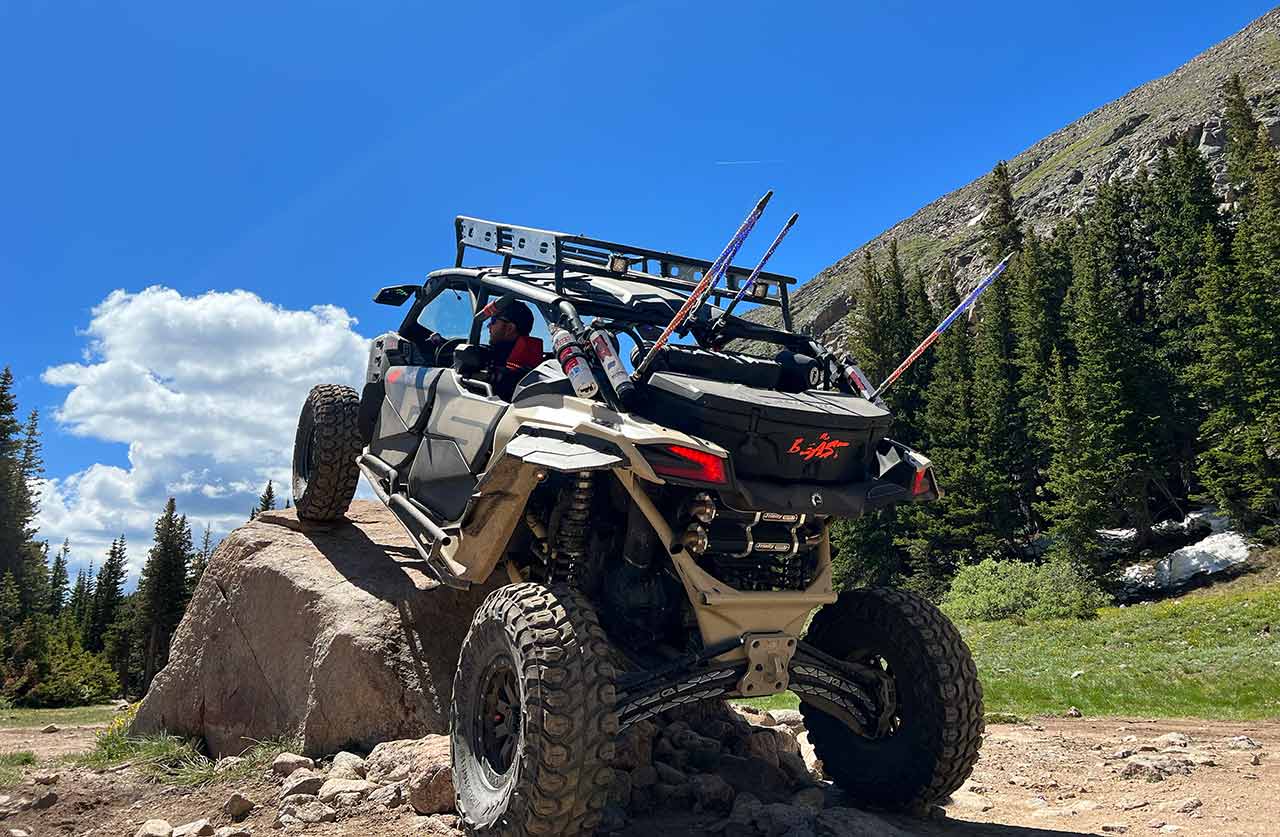Briefly put, understanding your UTV’s capabilities is vital for both safety and enjoyment. Pushing your machine beyond its design can risk breakdowns or accidents. By recognizing signs of strain and using effective strategies, UTV owners can ride responsibly, maintain vehicle integrity, and strengthen their off-road skill set.

Understanding Your UTV’s Limits: What You Need to Know
Maximize Your UTV Riding Skills involves more than just revving the engine and navigating tricky trails. It requires a deep awareness of how your machine reacts under stress. Knowing the key indicators that signal you might be approaching or exceeding your UTV’s boundaries can save you from costly damage and keep you safer on every ride.
- Overheating or Strained Engine Performance: When your engine repeatedly overheats or struggles on inclines, it could be a sign of pushing your UTV too hard. If you notice unusual noises or a drop in power, it’s a cue to ease off the throttle and assess how you’re driving.
- Frequent Bottoming-Out or Suspension Stress: If you feel the undercarriage scraping the ground or your suspension compressing too forcefully, it indicates that your current terrain or speed is beyond what your setup can safely handle.
- Reduced Maneuverability and Handling Issues: Notice excessive body roll or difficulty steering? These problems often arise when you’re riding near or past the limits of stability.
Key Techniques for Riding Within Your UTV’s Limits
Explore Essential UTV Safety Equipment to support the following techniques, ensuring you stay in control and protect both yourself and your vehicle:
- Assess Your UTV’s Weight and Balance – Every UTV model handles weight distribution differently. Understanding how your gear, passengers, and accessories affect balance helps prevent tipping or suspension overload.
- Master Throttle Control – Smooth, controlled acceleration not only preserves your machine’s drivetrain but also enhances your command over rough terrain. Sudden bursts of speed can cause mechanical strain and reduce traction.
- Adapt Your Riding Style to Terrain – Mud, sand, rocks, and hills each demand different techniques. Adjust tire pressure, speed, and body positioning according to the surface to keep your UTV well within safe limits.
- Listen to Feedback from Your Machine – Pay attention to unusual sounds, vibrations, or gauge readings. Promptly adjusting your ride based on feedback is crucial to avoid compounded mechanical issues or loss of control.
Putting it into Practice: Steps for Mastering Your UTV’s Limits
Check Out More UTV Riding Tips to reinforce what you learn. For a structured approach, consider these steps:
- Start in Familiar Terrain – Practice in an area you know well. Gradually increase difficulty as you gain confidence in your UTV’s handling and discover its quirks.
- Fine-Tune Your Ride Setup – Adjust tire pressure, suspension settings, and weight distribution according to the terrain. A properly configured UTV can handle challenging routes with less strain.
- Gradually Test the Limits – Slowly push your machine’s performance thresholds. Observe how it reacts to steeper inclines, rougher paths, and tighter corners. If you feel it straining, back off to avoid damage or safety risks.
Best Practices for Staying Within Safe Limits
Develop habits that keep you and your UTV in top shape:
- Maintain a consistent inspection schedule. Check fluid levels, tire condition, and suspension components before and after each ride.
- Invest in quality parts and upgrades suited to your terrain and riding style.
- Ride with a buddy or group whenever possible—an extra set of eyes can spot potential hazards and offer assistance.
- Pace yourself on new trails. Rushing into unknown territory can compromise your situational awareness and handling.
Seeking Further Improvement and Expert Guidance
Enroll in a Professional UTV Training Course if you find certain obstacles or riding environments intimidating or beyond your comfort level. Recognizing when you need professional help prevents accidents and helps build confidence.
Your off-road education never truly ends. By practicing consistently, seeking guidance, and keeping safety a top priority, you’ll continue to expand your skills and enjoy more fulfilling adventures on every trail.
Main Points to Remember
Understanding your UTV’s limits is the cornerstone of responsible and enjoyable off-roading. By balancing safety with performance, you protect your investment, build your confidence, and keep your UTV adventure-ready. Recognize signs of stress—like overheating or poor handling—adapt your techniques to your terrain, and stay proactive about maintenance and training to become a well-rounded UTV rider.
